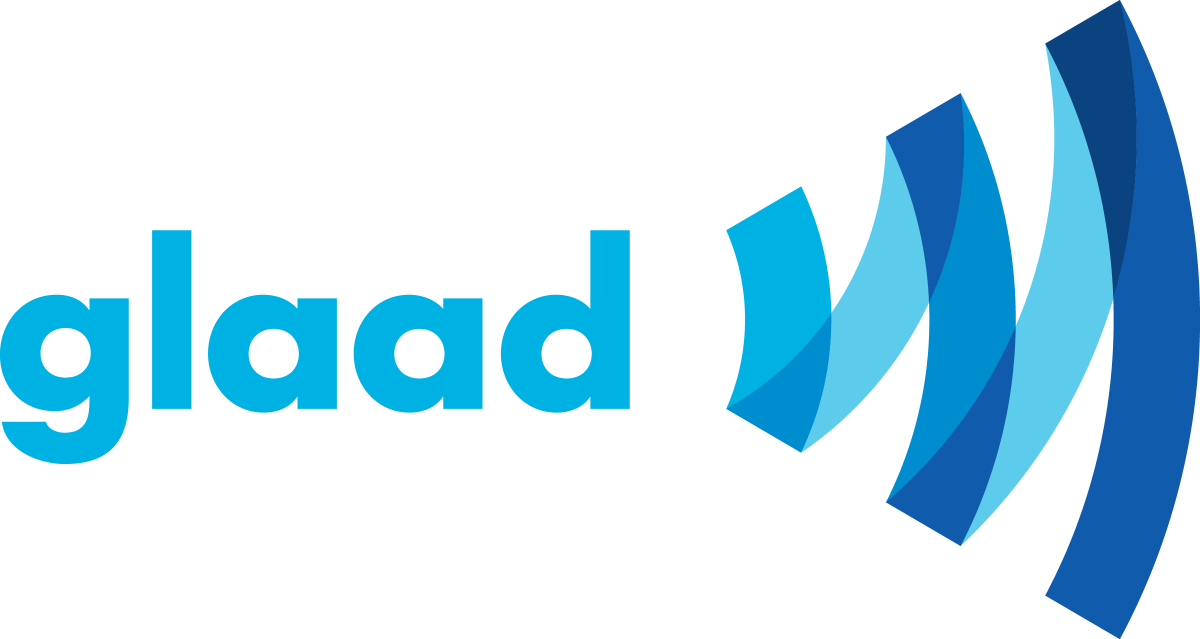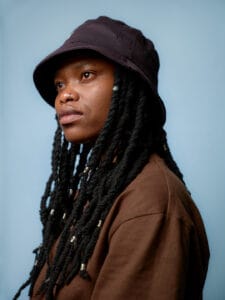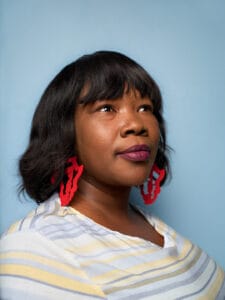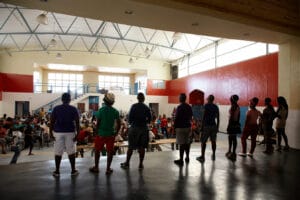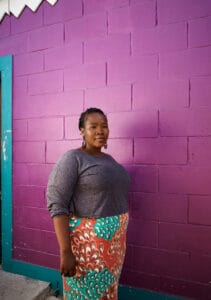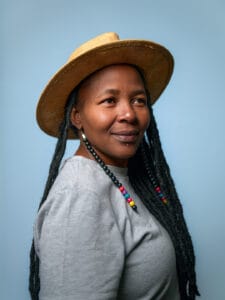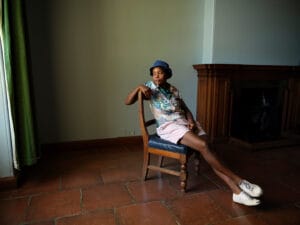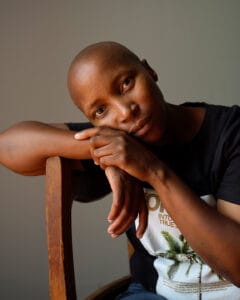1 in 5 Active Gamers are LGBTQ
The lack of LGBTQ representation in video games is often explained by the assumption that the stereotypical core video game consumer is a white, heterosexual, cisgender man between the ages 18 and 34. However, our data shows that 17% of active gamers are LGBTQ, a 70% percent increase from the 10% counted in Nielsen’s 2020 report.5
“GLAAD’s finding that 17% of active gamers are LGBTQ, and the growth from 10% of active gamers being LGBTQ from Nielsen’s Games360 study in 2020, proves their tremendous influence on the gaming industry. The study shows that for LGBTQ gamers, a safe and inclusive environment goes beyond the game itself—with nearly 70% indicating they are less likely to buy from a studio with a history of mistreating LGBTQ workers.” (Stacie de Armas, SVP, Diverse Insights and Initiatives, Nielsen)
The scale and growth of LGBTQ gamers is significant. Notably, the percentage of LGBTQ gamers is even higher among younger age groups, with 23 to 28% of gamers under 35 identifying as LGBTQ. The percentage of LGBTQ people in gaming far surpasses that of the general population, according to Gallup’s 2022 survey.6 Although Gallup only surveyed respondents over the age of 18 (our survey sample was people 13–55 years old), they conservatively estimate that 7.2% of American adults are not cisgender and/or heterosexual. Similarly, Gallup’s most recent data indicate that Gen Z adults have the highest percentage of lesbian, gay, bisexual, and transgender respondents over 18 (19.7%).
LGBTQ active gamers overall report similar levels of dedication to games as non-LGBTQ gamers in terms of average hours played and money spent. One point of divergence is that LGBTQ gamers play significantly more on mobile platforms than non-LGBTQ gamers. While this report primarily focuses on PC and console games, this disparity is clearly an area for future research.
Counter to stereotypes, LGBTQ gamers make up 19% of heavy/core gamers (defined as playing 10+ hours per week on PCs or consoles).
LGBTQ active gamers skew younger
Active gamers under 35 that are LGBTQ
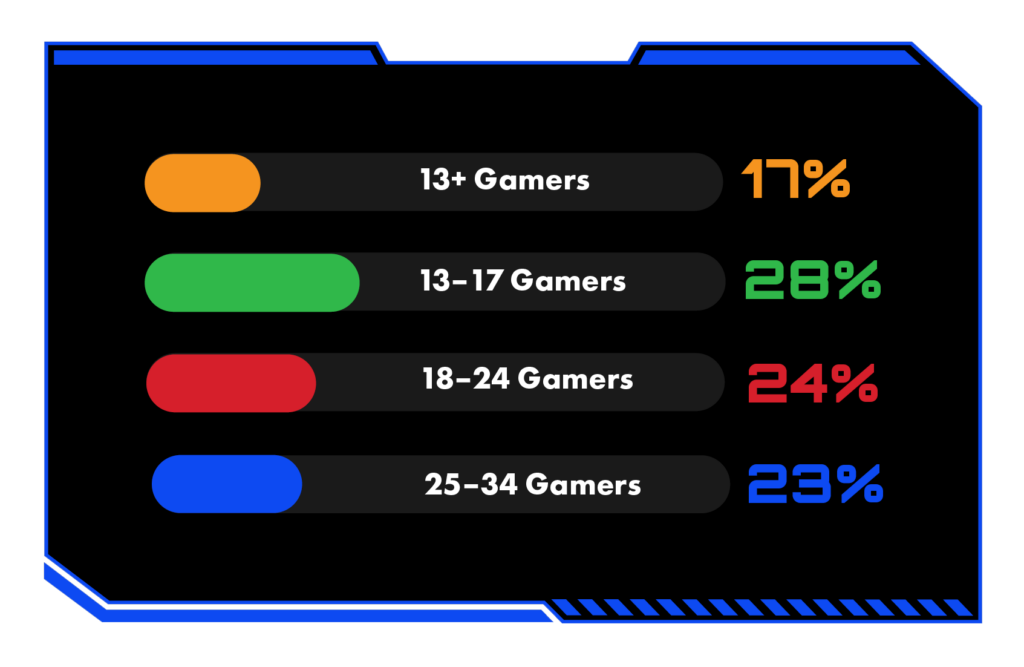
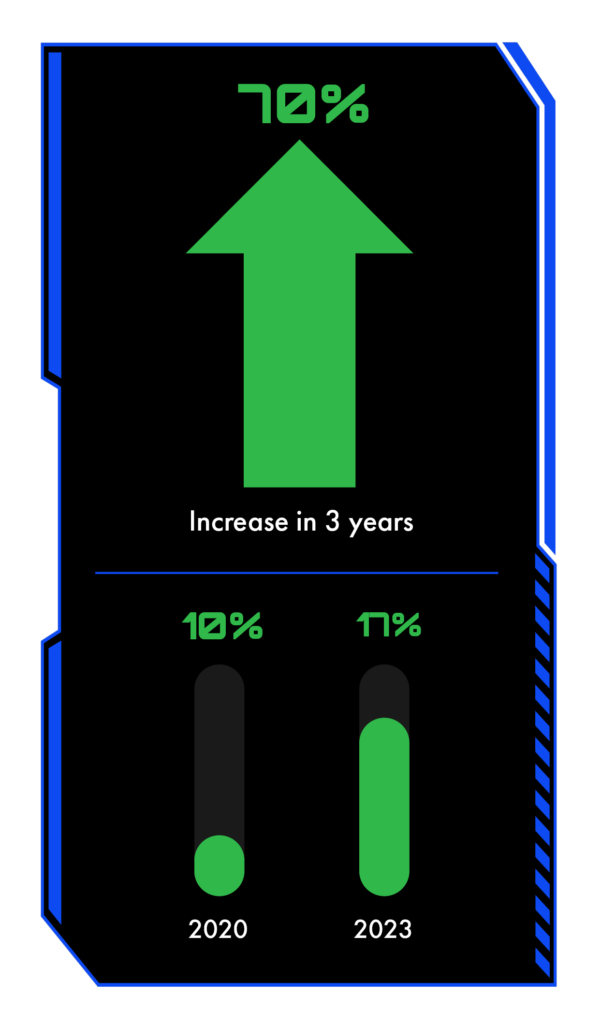
LGBTQ gamers spend similar amounts of money on gaming
Monthly Game Spend
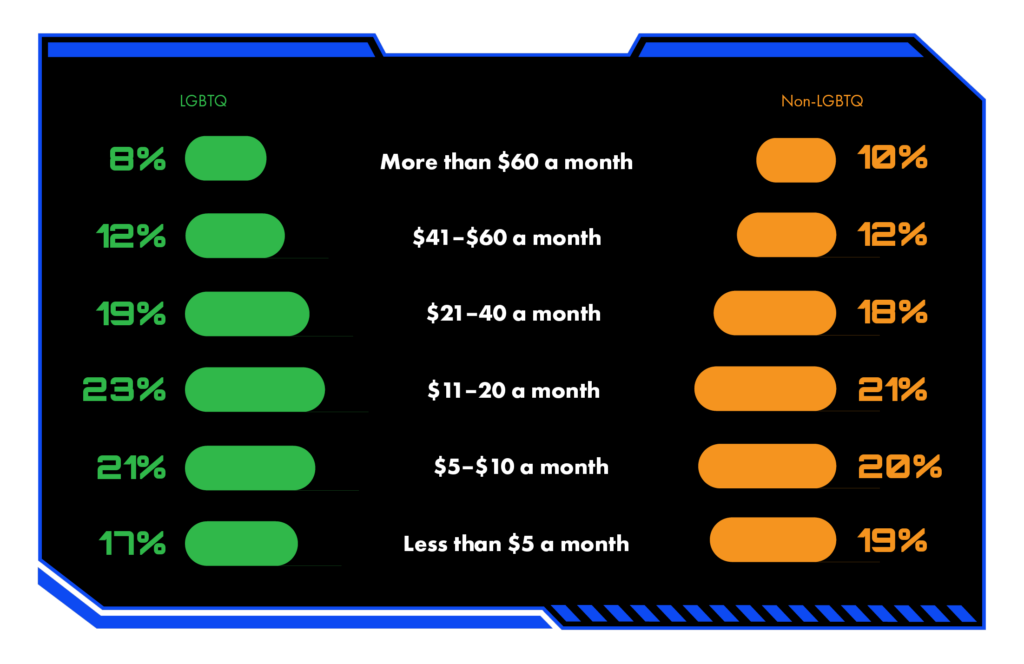


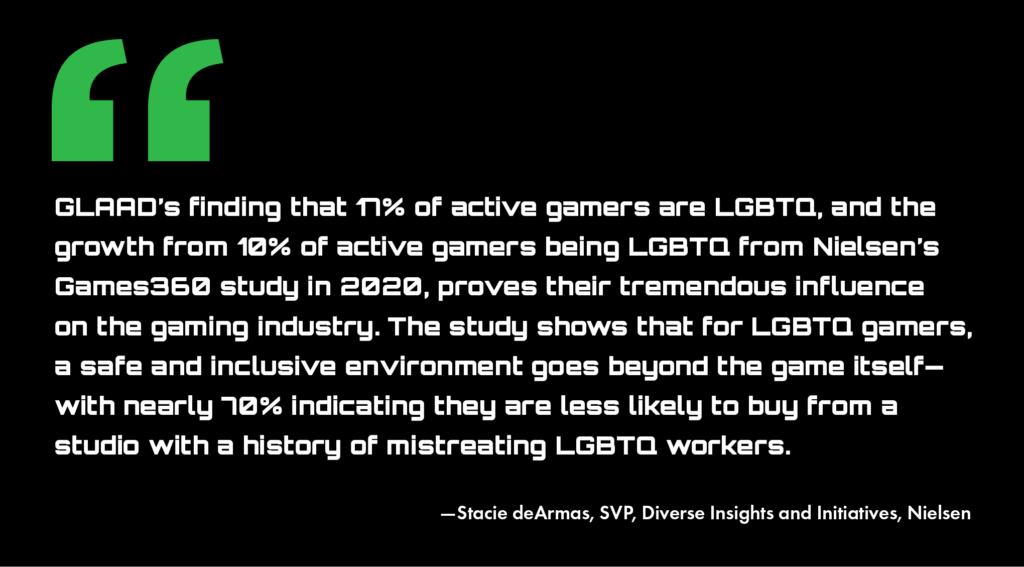
The vast majority, 69%, of LGBTQ gamers play 4+ hours per week on PCs or consoles, compared to 64% of non-LGBTQ gamers. LGBTQ and non-LGBTQ gamers report similar percentages regarding which platforms they use and which genres they play. The exceptions are 39% of LGBTQ gamers who play on the Nintendo Switch consoles, compared to 32% of non-LGBTQ gamers. LGBTQ gamers are also more likely than non-LGBTQ gamers to play on a Nintendo Switch Lite (12% versus 9%).
While LGBTQ gamers are more likely to play on Nintendo Switch consoles, we found that the Nintendo Switch Store has the lowest percentage of available games that contain LGBTQ characters or storylines.
One potential explanation for the popularity of the Switch consoles among LGBTQ gamers might be the lower cost of entry, compared to other platforms, and the fact that LGBTQ gamers in our study have relatively lower incomes than non-LGBTQ gamers. This will be explored more deeply in our future research.
In terms of the types of games played, while single-player games are the most often played by both LGBTQ and non-LGBTQ gamers, LGBTQ gamers are more likely to play single-player games and cooperative multiplayer games than non-LGBTQ gamers. Conversely, non-LGBTQ gamers are more likely to play competitive multiplayer games.
On PCs and console, LGBTQ gamers are more likely to play certain genres of games, like open world, simulation games, role playing (RPG), horror, and puzzle games. Non-LGBTQ gamers, in contrast, are more likely to play shooter games, with both cohorts just as likely to play genres like adventure, action RPG, fighting, and battle royale games.
And when it comes to the most played mobile genres, LGBTQ gamers are more likely to play puzzle, simulation, RPG, and music and rhythm games, while non-LGBTQ gamers are more likely to play shooter games. Both LGBTQ and non-LGBTQ gamers are equally as likely to play strategy, racing/carting, fighting, action-adventure, and survival games on mobile devices.
LGBTQ gamers spend more time playing across all platforms
Weekly Time Spent by Gaming Platform

LGBTQ gamers have a slight preference for single-player and co-op games
Types of Games Played Often

